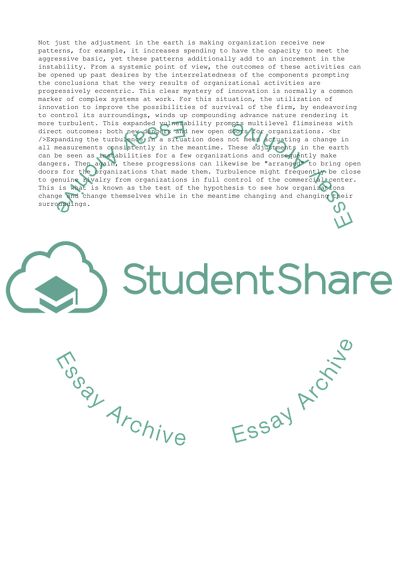Cite this document
(“Innovation Management Essay Example | Topics and Well Written Essays - 3250 words”, n.d.)
Innovation Management Essay Example | Topics and Well Written Essays - 3250 words. Retrieved from https://studentshare.org/management/1701528-innovation-management
Innovation Management Essay Example | Topics and Well Written Essays - 3250 words. Retrieved from https://studentshare.org/management/1701528-innovation-management
(Innovation Management Essay Example | Topics and Well Written Essays - 3250 Words)
Innovation Management Essay Example | Topics and Well Written Essays - 3250 Words. https://studentshare.org/management/1701528-innovation-management.
Innovation Management Essay Example | Topics and Well Written Essays - 3250 Words. https://studentshare.org/management/1701528-innovation-management.
“Innovation Management Essay Example | Topics and Well Written Essays - 3250 Words”, n.d. https://studentshare.org/management/1701528-innovation-management.


